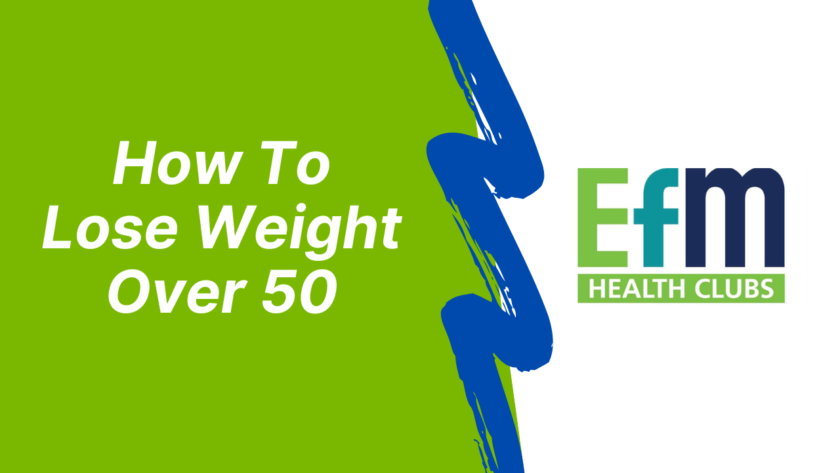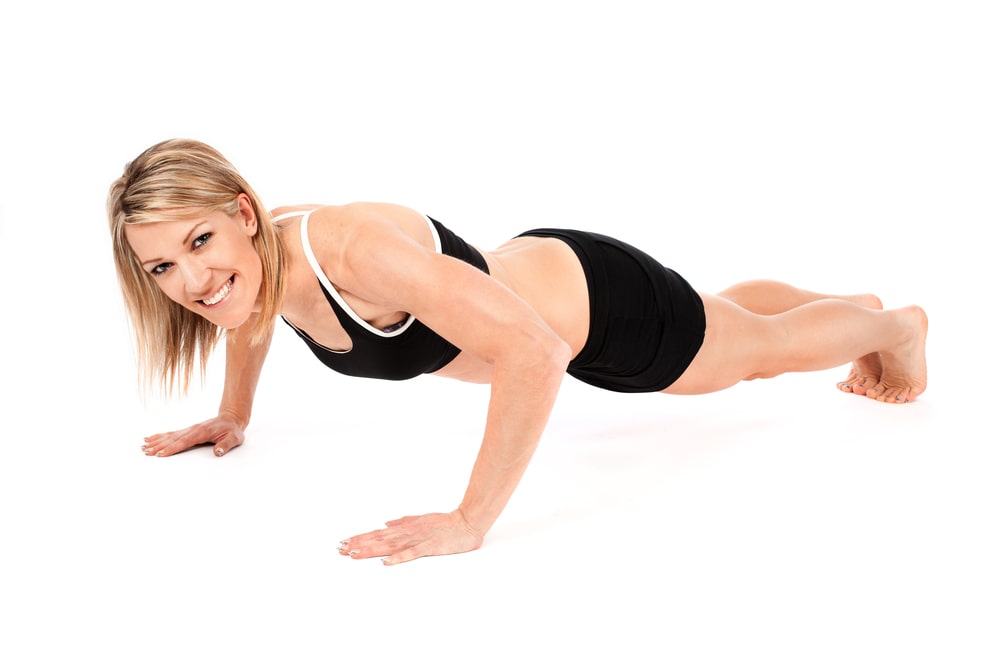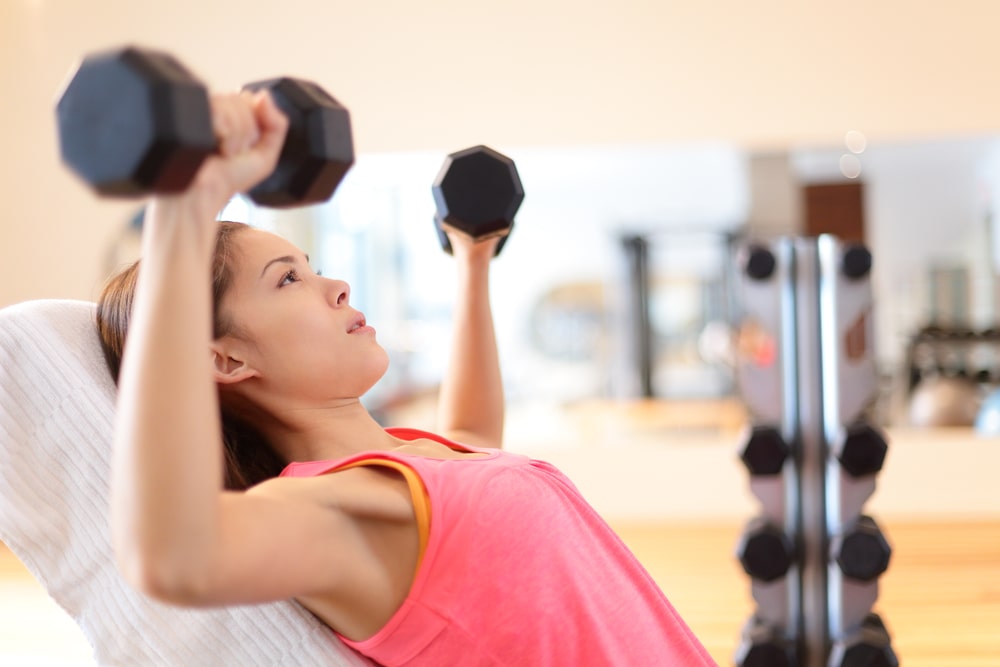
How To Lose Weight Over 50 (7 Tips For Success)
Weight loss after 50 can be a unique journey, filled with its own set of challenges. Ageing brings about significant changes in the body’s metabolism and muscle mass, making weight loss different from younger years.
Yet, it’s absolutely possible to achieve healthy, sustainable weight loss in your 50s and beyond. This article guides you through the process, keeping in mind Australia’s dietary guidelines and the specific needs of those over 50.
How To Lose Weight Over 50
1. Understanding Your Body
As we age, our bodies naturally undergo several changes. Our metabolism slows down, meaning we burn fewer calories at rest than we did in our younger years. Hormonal changes can also play a role, particularly for women going through menopause. We also tend to lose muscle mass, which can further decrease metabolism. Understanding these changes can help you manage your expectations and tailor your weight loss strategy accordingly.
2. Dietary Guidelines
Australia’s Dietary Guidelines provide a solid foundation for a balanced diet. These guidelines suggest a variety of nutritious foods across five food groups: vegetables, fruits, grains, lean meats and poultry, and dairy. It’s vital to focus on portion sizes, as overeating healthy food can still lead to weight gain. Consuming plenty of fibre, reducing intake of saturated fats, sugars, and salts, and maintaining hydration is also key for healthy weight management.
3. Exercise Recommendations

Physical activity is essential for weight loss at any age, and this is especially true after 50. Aim for at least 150 minutes of moderate-intensity or 75 minutes of vigorous-intensity aerobic physical activity each week, as recommended by the Australian Department of Health.
Also include muscle-strengthening activities on two or more days per week. Consider low-impact exercises, like swimming or cycling, if you have joint concerns.
Low Impact Exercises For Over 50s
Walking: Walking is a simple yet effective low-impact exercise. It can be easily incorporated into daily routines and is beneficial for cardiovascular health, joint mobility, and muscle strength.
Swimming: Being in water reduces the impact on joints while providing resistance for a full-body workout. It’s excellent for cardiovascular health, muscle tone, and flexibility.
Cycling: Whether it’s a leisurely bike ride outdoors or a stationary bike workout, cycling is a great low-impact exercise that strengthens your legs, improves cardiovascular health, and enhances balance.
Yoga: Yoga can help increase flexibility, improve balance, and build strength. It’s also beneficial for stress relief and mindfulness.
Pilates: Pilates focuses on core strength, flexibility, and overall body awareness. It’s typically low impact and can be modified for different fitness levels.
Resistance Band Exercises: Resistance bands provide adjustable resistance for strength training exercises, which can be done either standing or seated. They can be used to work nearly every muscle group in the body.
Tai Chi: This ancient Chinese martial art is often described as “meditation in motion.” Tai Chi involves slow, deliberate movements, meditation, and deep breathing, which can help improve balance, flexibility, and strength.
4. Maintaining Muscle Mass

Strength training isn’t just for bodybuilders; it’s crucial for everyone, especially as we age. It helps maintain muscle mass, which naturally decreases over time. Preserving or even building muscle can help boost your metabolism and assist with weight loss. Activities could include lifting weights, bodyweight exercises like push-ups and squats, or resistance band exercises.
5. Overcoming Plateaus
Weight loss plateaus can be frustrating, but they’re normal. As your body adjusts to new diet and exercise routines, you may find your weight loss slowing or even stalling. Don’t be disheartened. Stay consistent, ensure you’re still maintaining a calorie deficit, and consider seeking advice from a dietitian to help adjust your plan as needed.
6. Success Stories
Many people over 50 have successfully embarked on weight loss journeys. Their stories can offer valuable insights and inspiration. For example, consider Jan, a 57-year-old from Brisbane who lost 20 kilos by walking her dog daily and swapping takeaway meals for home-cooked dinners. Or Paul, a 60-year-old from Sydney who found success with a local seniors’ swimming group and a Mediterranean-inspired diet.
7. Professional Guidance
It’s essential to consult with a healthcare professional or a dietitian before starting any weight loss plan. They can consider your overall health, any existing conditions, and your nutritional needs to create a safe and effective weight loss strategy. They can also provide ongoing support and adjustments to your plan as needed.
Losing Weight Over 50 – Frequently Asked Questions
How can a 50 year old lose belly fat?
Losing belly fat at 50 involves a combination of a balanced diet, regular exercise, and lifestyle changes. Include a variety of nutrient-rich foods from all food groups in your diet, as per Australia’s Dietary Guidelines, while being mindful of portion sizes.
Regular physical activity, including both aerobic exercises like walking or cycling and strength training, can help burn calories and preserve muscle mass. Specifically, engaging in exercises that strengthen the core can also be beneficial.
Additionally, ensuring adequate sleep and managing stress can contribute to overall weight management. Remember, spot reduction isn’t effective; losing weight generally will help reduce belly fat over time.
What is the best exercise for a 50 year old woman to lose weight?
There’s no single “best” exercise for a 50-year-old woman to lose weight; it largely depends on individual preferences and physical condition. However, a combination of cardiovascular activities, such as walking, cycling, or swimming, along with strength training exercises, is often effective.
These can help burn calories, maintain muscle mass, and improve overall fitness. Regular strength training is particularly important as it can counteract age-related muscle loss. Always start with moderate-intensity activities and gradually increase as your fitness improves.
How much should a 50 year old woman walk to lose weight?
Walking is a fantastic, low-impact exercise for weight loss. The Australian Department of Health recommends at least 150 to 300 minutes of moderate-intensity physical activity per week, which could include brisk walking.
That equates to about 30 minutes per day on most days of the week. However, the exact amount needed for weight loss varies depending on dietary intake and other lifestyle factors. It’s also important to incorporate strength training exercises alongside walking for a balanced fitness routine.
What is the best exercise for a 50 year old man to lose weight?
For a 50-year-old man looking to lose weight, a mix of cardiovascular and strength training exercises would be most beneficial. Cardiovascular exercises such as walking, jogging, swimming, or cycling can help burn calories and improve heart health.
Strength training exercises, including weight lifting or resistance training, can help build muscle mass, which naturally declines with age and can boost metabolism. Remember, it’s essential to start any new exercise routine slowly and increase intensity and duration over time to avoid injury.
How can a 50 year old man lose belly fat?
For a 50-year-old man to lose belly fat, a holistic approach combining a balanced diet, regular exercise, and lifestyle modifications is key.
Aim to eat a diet rich in lean proteins, fruits, vegetables, and whole grains while limiting intake of processed foods and drinks high in sugar.
Regular physical activity, including both aerobic and strength training exercises, can help burn fat and build muscle. Also, adequate sleep and stress management play a role in weight management. It’s important to note that you can’t target fat loss in one specific area, but losing weight overall will help reduce belly fat.
What is the best diet for a 50 year old obese man?
A balanced, nutrient-rich diet is best for a 50-year-old obese man. As per Australia’s Dietary Guidelines, this includes a variety of foods from all food groups: fruits, vegetables, grains, lean meats and poultry, and dairy or alternatives.
Limiting foods and drinks high in saturated fats, sugars, and sodium is also essential. Incorporating plenty of fibre from fruits, vegetables, and whole grains can aid digestion and keep you feeling full. Also, regular hydration is crucial.
It’s recommended to seek advice from a healthcare professional or dietitian for a personalised diet plan, considering individual health conditions, preferences, and lifestyle.
Summing Up
While weight loss after 50 comes with its unique challenges, with understanding, patience, and the right approach, it’s entirely achievable. Remember, the goal is not just to lose weight, but to adopt a healthy lifestyle that you can maintain in the long run. You’re taking steps towards improved health and wellbeing, and every step in the right direction counts.



